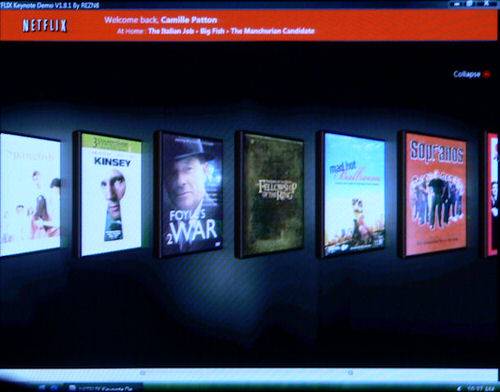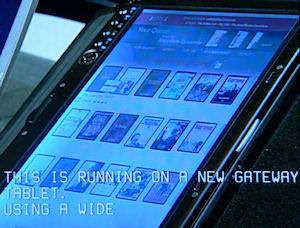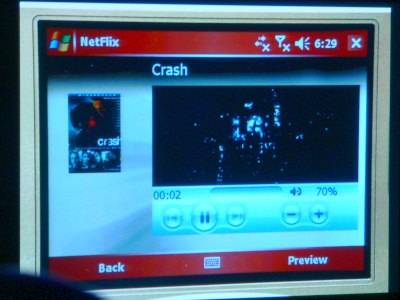Forbes : Explaining the API Revolution to your CEO
This article first appeared on Forbes on February 12, 2012

APIs: A Strategy Guide
For most of the past year, I have worked with two brilliant experts on APIs, Daniel Jacobson, at Netflix and Greg Brail, CTO of Apigee, to create a book that clearly explains the value of APIs. In researching the book, APIs: A Strategy Guide, we talked to dozens of other smart people who had led the creation of APIs for both internal and external use.
One of the most striking findings was how often API programs were started in secret, nurtured by the true believers in a clandestine way, slipped into production, and then brought to the awareness of senior management after the API was shown to be a success.
This pattern is understandable but ridiculous. Our book is an attempt to obviate this pattern by providing a top-to-bottom reference for people who want to understand the business value of APIs. But we are not naive. We know that the most likely people to read our book are also true believers and innovators who are already open to new ideas. The trick to accelerating the adoption of APIs and reaping the massive value they can create, is to convince skeptics. At some point, that means convincing the CEO, who, if sold on the idea, can bring all the resources of the organization to bear. APIs have been proven over and over to be a transformative force. It is time for technology leaders to force the issue. So, get yourself a meeting with your CEO and have a conversation along the following lines.
The Business Basics of APIs
When a CEO looks at the calendar entry for your meeting, he or she will likely think, “My god, this seems a bit technical for me. Shouldn’t the CIO or CTO be handling this?” So your first job is to make sure that the CEO understands that APIs are huge channels for business. Start the conversation by pointing out these facts:
APIs are not experimental: More than half of all the traffic to major companies like Twitter and eBay come through APIs
- APIs are channel to new customers and markets: APIs used externally unlock the power of partners to use business assets to extend the reach of your products or services to customers and markets you may not easily reach.
- APIs can be private: Much of the talk about APIs emphasizes their public use. Internal APIs should be part of every companies IT strategy.
- APIs promote innovation: Through an API, people who are passionate about a problem can solve it on their own.
- APIs are a better way to organize IT: APIs used internally can accelerate innovation by allowing everyone in a company to use each others assets without having to wait around for permission.
- APIs are not only for huge companies: The technology is standardized and able to be used by companies of all sizes.
- APIs create a path to lots of Apps: Apps are powered by APIs. When developers are motivated, they can use APIs and combinations of APIs to create new experiences for end users.
- APIs to create lots of apps that can lead to lots of customers: Apps are going to be a crucial channel in the next 10 years. There will be trillions of apps in the next decade vs.a billion web browsers in the last.
Then point the CTO to the post by Google engineer and Amazon alumnus Steve Yegge, that points out that APIs are so important to Amazon CEO Jeff Bezos that he threatened to fire anyone who didn’t expose their assets through APIs.
APIs from Twitter, Amazon, Google, and Facebook have been used to create thousands of applications. These victories are being followed by APIs from AT&T, Sears, E*Trade, Alcatel-Lucent, Accuweather, and hundreds of other companies. Point the CEO to the research from John Musser, founder of ProgrammableWeb.com, a site that tracks the growth of APIs.
At this point if your CEO isn’t interested, then there’s not much you can do.
However, the next question your CEO will likely have is, “What is an API?”
Drawing this simple graphic is a good way to start:

API Value Chain
Explain that APIs are a simple way to provide access to some type of business assets. The business asset can be information itself, information about a product or service, or direct access to the product or service.
Point out that to make an API successful, everyone in the value chain must benefit. Make sure you convey you are not suggesting that if you build an API, the world will come rushing to use it.
The value chain takes many forms. The organization that owns the business asset may or may not be the same as the organization that builds the APIs. Different people or organizations may build, distribute, and market the applications. At the end of the chain are end users who gets the benefit of the business asset. Often, many APIs are used to create a new experience for end users.
Finding your API Value Proposition
If you are getting anywhere with your conversation, your CEO will likely get impatient with the technology and want to know the payoff for your company. He or she may say, “Great, APIs are a big deal, but what does that have to do with us?”
Here’s where you need to come armed with some sort of experiment that you want to get support for. One of the best ways to start is with an internal use of APIs. A key point of our book, one tirelessly championed by Daniel Jacobson, is that internal use of APIs is going to have the largest impact for most businesses. Remember, Amazon’s Jeff Bezos was going to fire people if they didn’t create internal APIs.
So, what are the business assets? Usually information that would benefit the company if more people had it in their hands. Look at the backlog of requests to IT. Is there an API that could take several items off the list? Have this in mind.
It is much better to build skills internally and master the design, development, testing, and operational processes before putting an API in public. That said, with careful planning and a clear value proposition, it is possible to have your first API be a public one, especially if you are following a well-established method of using APIs.
If you do start with an external public API, make sure you have a long testing cycle and flesh out all business and legal concerns before launching. I recently talked about API design and development with Byron Sebastion of Heroku, the Ruby platform for development that was purchased by Salesforce.com in 2010. He said that all of their APIs are first used extensively internally before going through a long public beta test. “When you launch an API, you want to make sure you are confident it is right, because people will rely on it,” Sebastian said.
At this point, I hope you are successful, because then you will need to answer questions about business models, design, engineering, operations, and marketing, all of which are covered in our book.
This article covers one way to go about educating a CEO about APIs. If you have other approaches, please send them along.
Also, we are going to be expanding the book several times this year. If you have a good example of how APIs have been successful for your organization, please reach out to me.
Dan Woods is CTO and editor of CITO Research, a firm focused on advancing the craft of technology leadership. He consults for many of the companies he writes about. For more stories about how CIOs and CTOs can grow visit CITOResearch.com.






